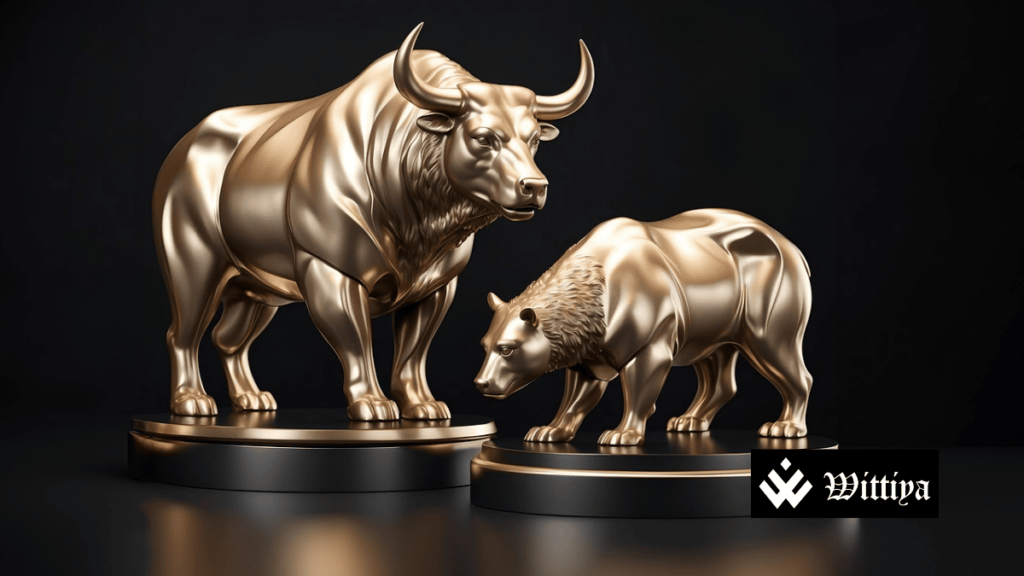The Indian stock market experiences fluctuations, moving between bullish and bearish trends. Understanding these market conditions is crucial for investors to make informed financial decisions. A bull market signifies economic growth and rising stock prices, while a bear market indicates economic slowdown and falling stock prices.
The Indian stock market, like global financial markets, experiences cycles of growth and decline. These cycles are classified as bull and bear markets, significantly influencing investment strategies and economic trends. Understanding these phases is vital for investors navigating the ever-changing financial landscape.
Bull Market: A Period of Economic Growth
A bull market represents a phase of economic expansion, marked by rising stock prices and investor confidence. In India, a bull market often coincides with robust GDP growth, increased corporate earnings, and high employment rates. Key stock indices like the NIFTY 50 and the SENSEX reflect strong performance, leading to greater participation from both domestic and foreign investors.
During bull markets, sectors such as technology, banking, and consumer goods witness significant gains. For instance, India’s stock market experienced a prolonged bull run from 2020 to 2021, driven by strong corporate earnings and foreign institutional investments. Investors typically adopt an aggressive approach, buying stocks in anticipation of continued upward momentum.
Bear Market: A Phase of Economic Slowdown
Conversely, a bear market is characterized by declining stock prices, reduced investor confidence, and economic uncertainty. A market is generally considered bearish when indices drop by 20% or more from recent highs. In India, bear markets often coincide with factors like high inflation, fiscal deficits, or global economic downturns.
For example, the COVID-19 pandemic led to a sharp bear market in early 2020, with the NIFTY 50 plunging by nearly 40% in just a few months. Investors become risk-averse during such periods, shifting their portfolios towards safer assets such as gold, bonds, or defensive stocks like FMCG and pharmaceuticals.
Factors Influencing Bull and Bear Markets in India
Several factors determine the direction of the Indian stock market:
- Economic Growth & GDP Trends: A growing economy supports a bull market, while a slowdown triggers bearish trends.
- Inflation & Interest Rates: High inflation and rising interest rates often lead to market declines, while lower rates can fuel rallies.
- Government Policies & Budget Announcements: Pro-business policies, infrastructure spending, and tax cuts can boost investor confidence, while economic instability can have the opposite effect.
- Global Market Trends: As an emerging market, India’s stock performance is influenced by global economic conditions, geopolitical events, and foreign investment flows.
Investment Strategies in Bull and Bear Markets
Investors need to adapt their strategies depending on market conditions:
- Bull Market: The ideal strategy is to invest early in promising stocks, hold positions for long-term gains, and capitalize on momentum-driven investments.
- Bear Market: Investors may focus on defensive sectors, fixed-income securities, and systematic investment plans (SIPs) to mitigate risks and take advantage of lower valuations.
Conclusion
Both bull and bear markets are part of the natural cycle of the Indian stock market. Investors who understand these phases can make better financial decisions, balancing risk and reward. While bull markets present opportunities for high returns, bear markets require strategic positioning to protect investments. The key to success lies in staying informed, diversifying portfolios, and making calculated investment choices based on market conditions.



